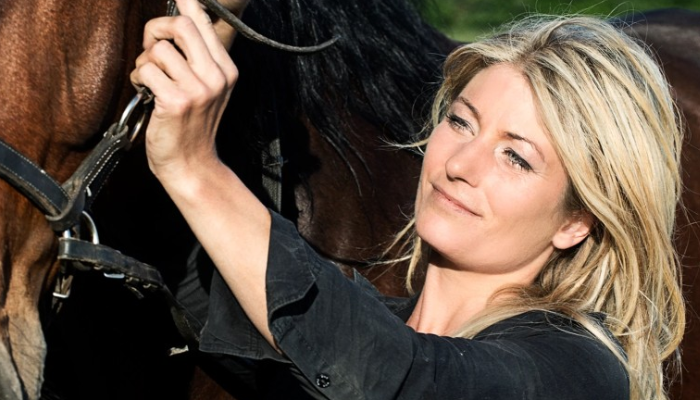Horses have captivated human imagination and played crucial roles in various cultures for thousands of years. From their ancient origins to their modern presence in sports and therapy, horses continue to inspire awe and admiration. To truly appreciate these majestic creatures, it is essential to understand their behavior and the diversity of their breeds. Explore the world of casacourse and discover a wide range of courses to enhance your skills and knowledge. Enroll now for a brighter future!
The Evolution and History of Horses
Horses (Equus ferus caballus) have a rich evolutionary history that dates back millions of years. The modern horse evolved from a small, multi-toed ancestor called Eohippus, which roamed the forests of North America around 55 million years ago. Over time, horses adapted to changing environments, developing larger bodies and fewer toes, eventually becoming the single-hoofed animals we know today.
Domestication of horses began around 4000-3000 BCE in the steppes of Central Asia. This pivotal moment allowed humans to use horses for transportation, agriculture, and warfare. Throughout history, horses have been indispensable in building civilizations, enabling exploration, and shaping cultures.
Understanding Horse Behavior
Horses are social animals with complex behaviors and communication methods. They live in herds, which provide protection and social structure. In the wild, horses rely on a clear hierarchy within their group, led by a dominant mare and a stallion. Understanding horse behavior requires recognizing their natural instincts and social dynamics.
Communication
Horses communicate through body language, vocalizations, and facial expressions. Key behaviors to observe include:
- Ears: Horses’ ears are highly expressive. Forward-facing ears indicate curiosity or attention, while pinned-back ears suggest aggression or discomfort.
- Tail: A relaxed, gently swaying tail indicates a calm horse, whereas a rapidly swishing tail can signal irritation.
- Posture: A horse’s stance can reveal its mood. A relaxed horse stands with a soft eye and a lowered head, while a tense horse may have rigid muscles and a high head carriage.
- Vocalizations: Horses neigh, whinny, nicker, and snort to communicate different emotions and intentions.
Social Behavior
Horses form strong bonds with their herd members and exhibit various social behaviors, such as mutual grooming and play. They are also capable of forming attachments with humans, often displaying loyalty and affection. Understanding these behaviors helps in building a strong, trust-based relationship with a horse.
Diversity of Horse Breeds
The diversity of horse breeds is a testament to their adaptability and the selective breeding practices developed over centuries. There are over 300 recognized horse breeds, each with unique characteristics and abilities. Some of the most notable breeds include:
Arabian
The Arabian horse is one of the oldest and most iconic breeds, known for its endurance, intelligence, and distinctive head shape. Originating from the Arabian Peninsula, these horses have a high spirit and are often used in endurance riding and show competitions.
Thoroughbred
Thoroughbreds are renowned for their speed and agility, making them the stars of the racing world. Developed in England, they are also used in various equestrian sports, including show jumping and dressage.
Quarter Horse
The American Quarter Horse is famous for its versatility and is particularly well-suited for Western riding disciplines, such as reining and cutting. Known for their muscular build and quick acceleration, they are also popular in rodeo events.
Clydesdale
Clydesdales are one of the most recognizable draft horse breeds, known for their size, strength, and distinctive feathered legs. Originally from Scotland, they are often used in heavy pulling and are a common sight in parades and promotional events.
Shetland Pony
Shetland Ponies, originating from the Shetland Islands, are small but hardy and strong. Despite their small stature, they are capable of carrying heavy loads and are often used in children’s riding programs and as therapy animals.
The Role of Horses in Modern Society
Today, horses continue to play significant roles beyond traditional uses in agriculture and transportation. They are prominent in sports, including racing, show jumping, dressage, and rodeo. Additionally, horses are valuable in therapeutic settings, providing physical and emotional benefits through equine-assisted therapy programs.
Conclusion
The world of horses is vast and diverse, encompassing a rich history, complex behaviors, and a wide array of breeds. Understanding the nuances of horse behavior and the characteristics of different breeds allows us to better appreciate and connect with these magnificent animals. Whether admired for their beauty, relied upon for their strength, or cherished for their companionship, horses remain an integral part of human culture and history.

















Comments